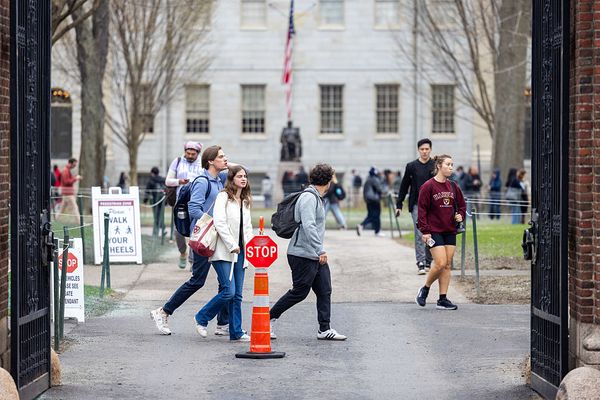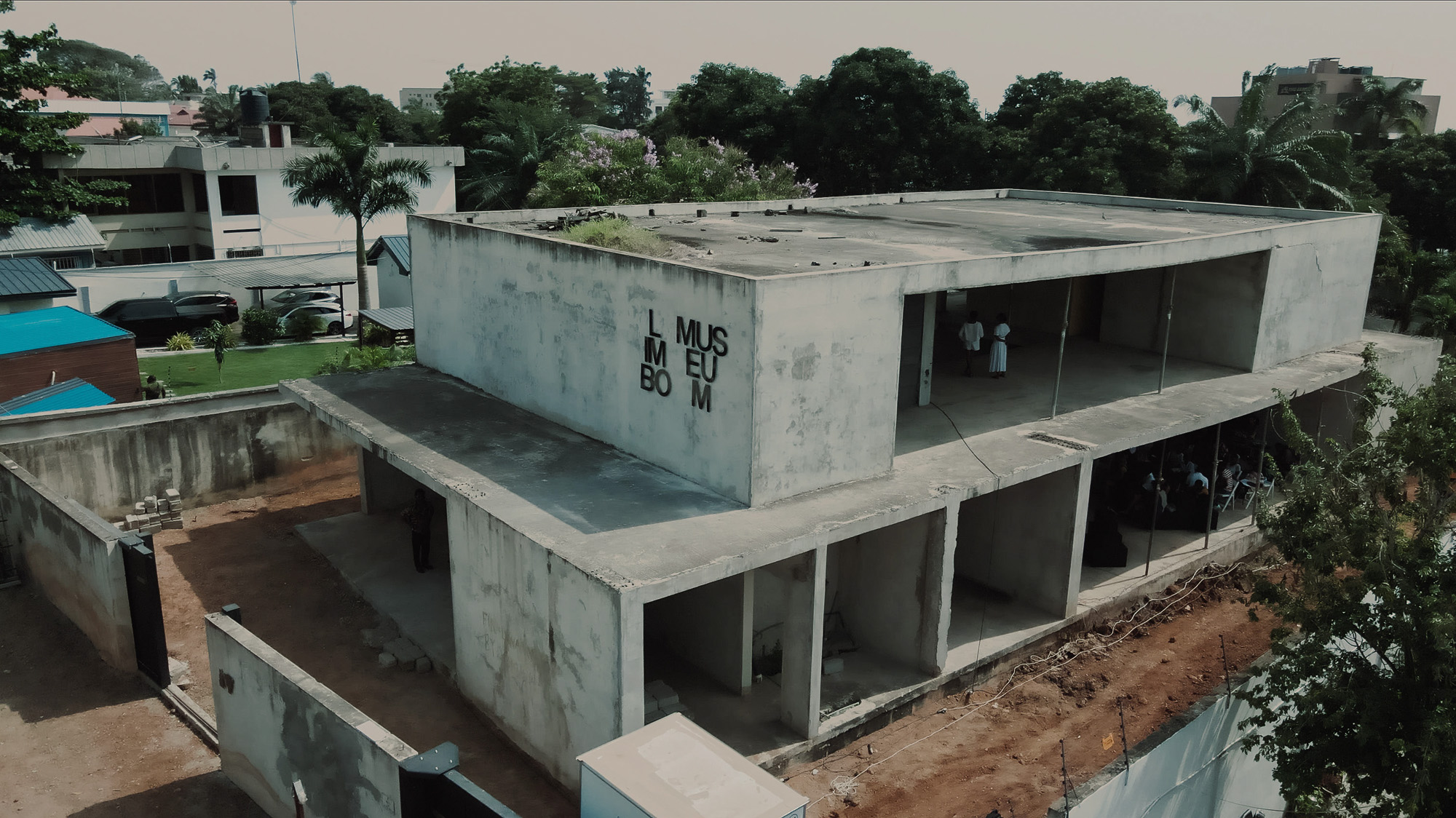
‘The time has come to reimagine skeletal voids and envision new futures within them,’ says Dominique Petit-Frère, co-founder of Limbo Accra. Over the past six years, the spatial design studio has built a compelling portfolio centred on researching, archiving and transforming unfinished buildings, turning contemporary ruins into vibrant cultural venues. The studio’s output embodies the zeitgeist for rethinking the global built environment. ‘The concept of ruin is central to our work, as we see it as a way to explore impermanence and transformation,’ says Petit-Frère.
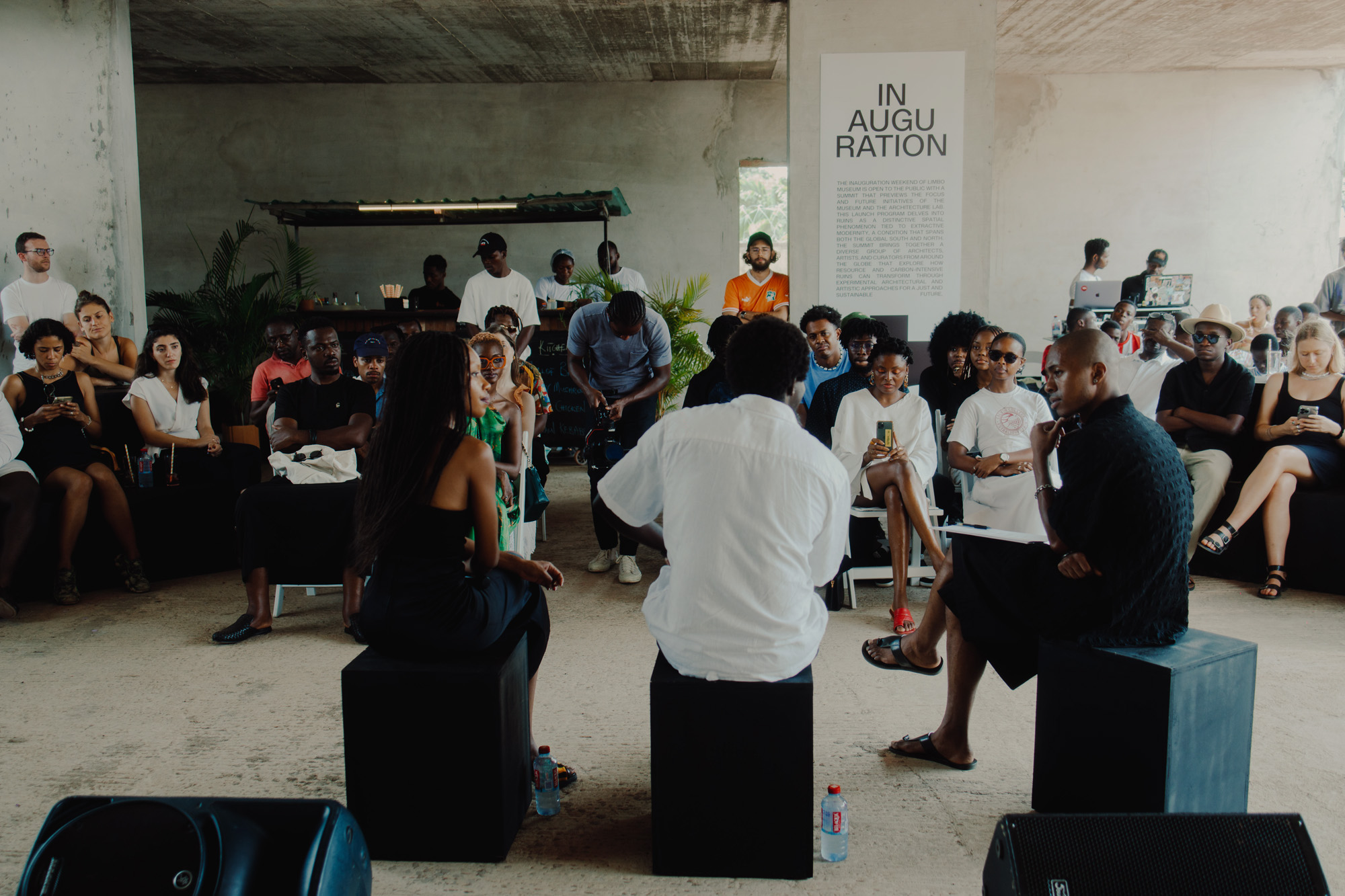
Inside Limbo Museum and Limbo Accra's work
Petit-Frère founded the studio in 2018 with Emil Grip, deriving the name in reference to the in-between state of construction in West Africa. According to Petit-Frère, these buildings have been left in a state of ‘limbo’, and much of the studio’s work touches on the legacy of these existing structures. ‘Legacy isn’t just about the structures we leave behind, but the ideas, conversations and relationships they inspire,’ says Petit-Frère. The pair are interested in how forward-thinking interventions in existing buildings can create new discussions and opportunities. ‘We’re inspired by the belief that architecture can shape not just physical spaces, but social and cultural realities.’
A career-defining moment for Limbo Accra came when they presented ‘Super Limbo’ at the second edition of the Sharjah Architecture Triennale in 2023. For the practice’s first global undertaking, they installed fabric forms inside one of the UAE’s largest unfinished structures. ‘We were invited to activate the space for a couple of months, connecting West African contemporary architecture to the Middle East,’ says Petit-Frère. The building was a powerful opportunity for the practice to engage with an international audience while also highlighting the potential of modern architectural ruins.
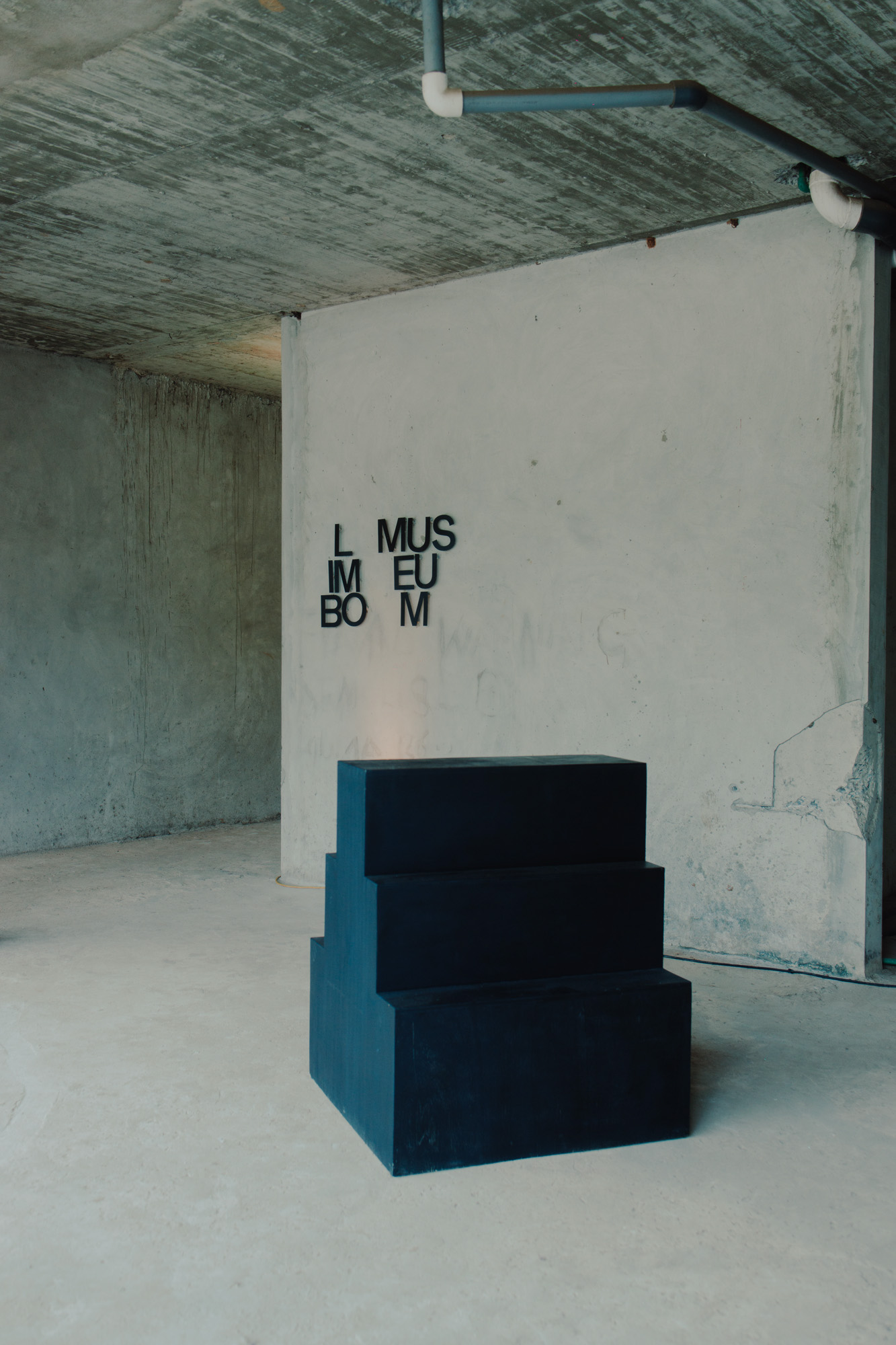
Another notable project is The Liminal Archive, a digital database of incomplete buildings across the globe produced using photogrammetry. More recently, Limbo Accra completed its first landscape project, Duho Pavilion, which seeks to honour indigenous Caribbean people. For this project, the duo installed 30 elegant metal poles at an abandoned hotel in the Cayman Islands. ‘This was particularly exciting because it allowed us to explore a new realm of design and connect the architectural
form of ruins with the natural environment in a completely different way.’
Limbo Accra’s latest project, Limbo Museum, imbues an incomplete space in the Accra neighbourhood of Labone with a new legacy. Founded by the spatial design studio, in collaboration with curator Diallo Simon-Ponte and architect Lennart Wolff, the museum lives inside the shell of an incomplete brutalist building. Boasting 600 sq m across two floors, the scheme now functions as a cultural hub, research lab and exhibition space where architecture and art meet. ‘Limbo Museum embodies the potential for a new approach to architecture in unfinished or overlooked spaces’ says Petit-Frère. ‘The building is designed to engage with Ghana’s shifting cultural, ecological and political landscapes while addressing themes of relevance on a global scale.’

The museum opened its doors last November, but the idea for the building had been in the works since the duo started their studio in 2018. ‘We wanted to rethink the role of institutions in architectural practice, and to create a space where architecture, art and design could intersect in new and radical ways,’ says Petit-Frère.
For the museum’s opening, there was a three-day summit that brought together creatives such as Ibrahim Mahama, Nana Biamah-Ofosu and Tosin Oshinowo, who discussed archiving, preserving and the African built environment. As part of the launch, the museum hosted a webinar on ‘Ruins and Data Architectures’, as well as panel discussions and guided tours. ‘The summit was a call to action to rethink what architecture can be and how we engage with the spaces around us,’ says Petit-Frère. ‘It was very important for the opening week inauguration to be a time of listening and study,’ says Simon-Ponte.
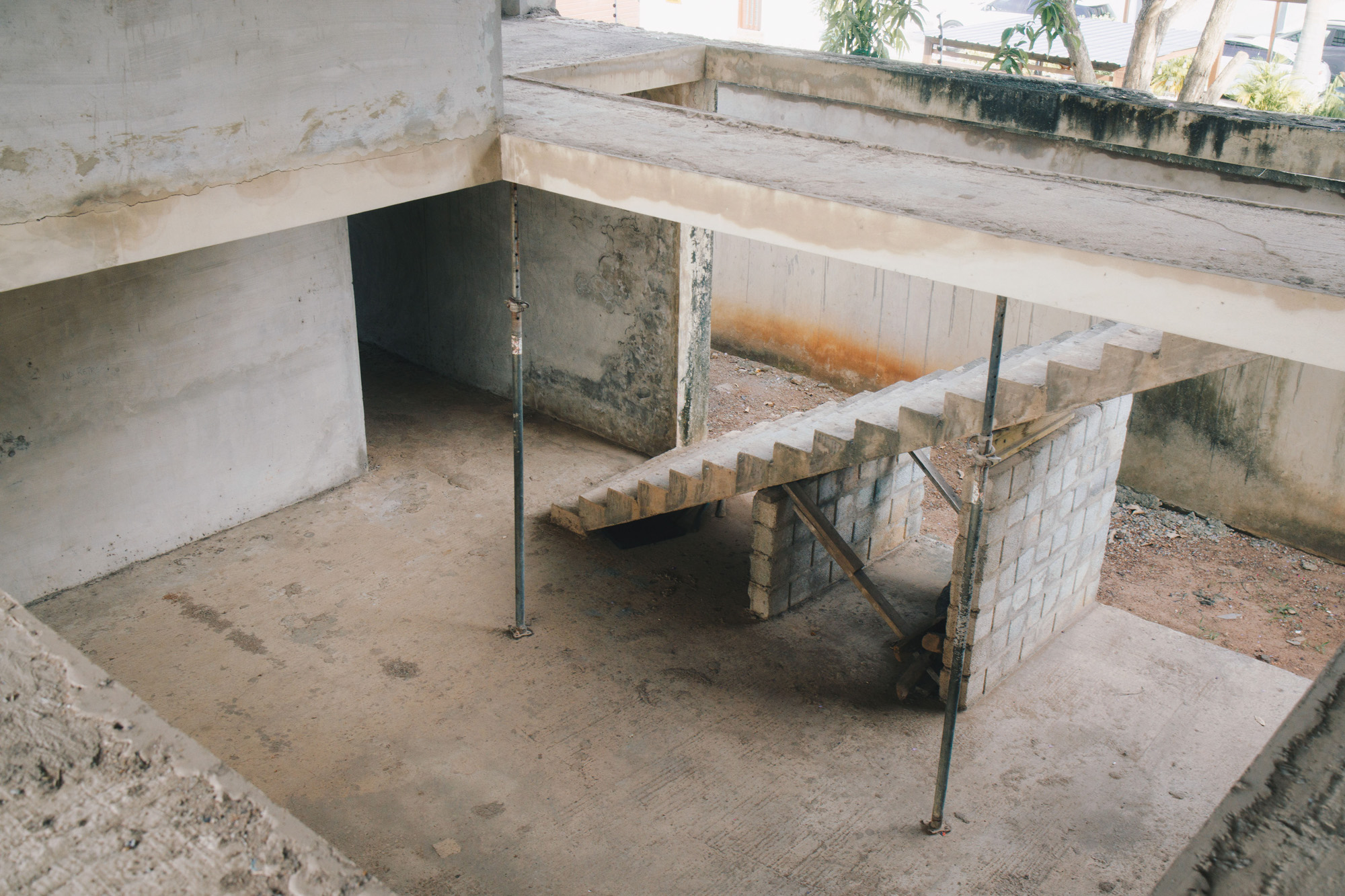
One of the museum’s critical pillars is the Limbo Architecture Lab, organised by Wolff. ‘The Lab is not separate from the museum’s artistic programme, but instead converges and extends the artistic projects,’ says the architect. The Museum will also host experimental research in architectural innovation in partnership with London’s Architectural Association. ‘Through partnerships with institutions like the AA Visiting School and the Kwame Nkrumah University of Science and Technology, we hope to create long-term collaborations that enrich architectural education and practice in West Africa and beyond,’ adds Petit-Frère.
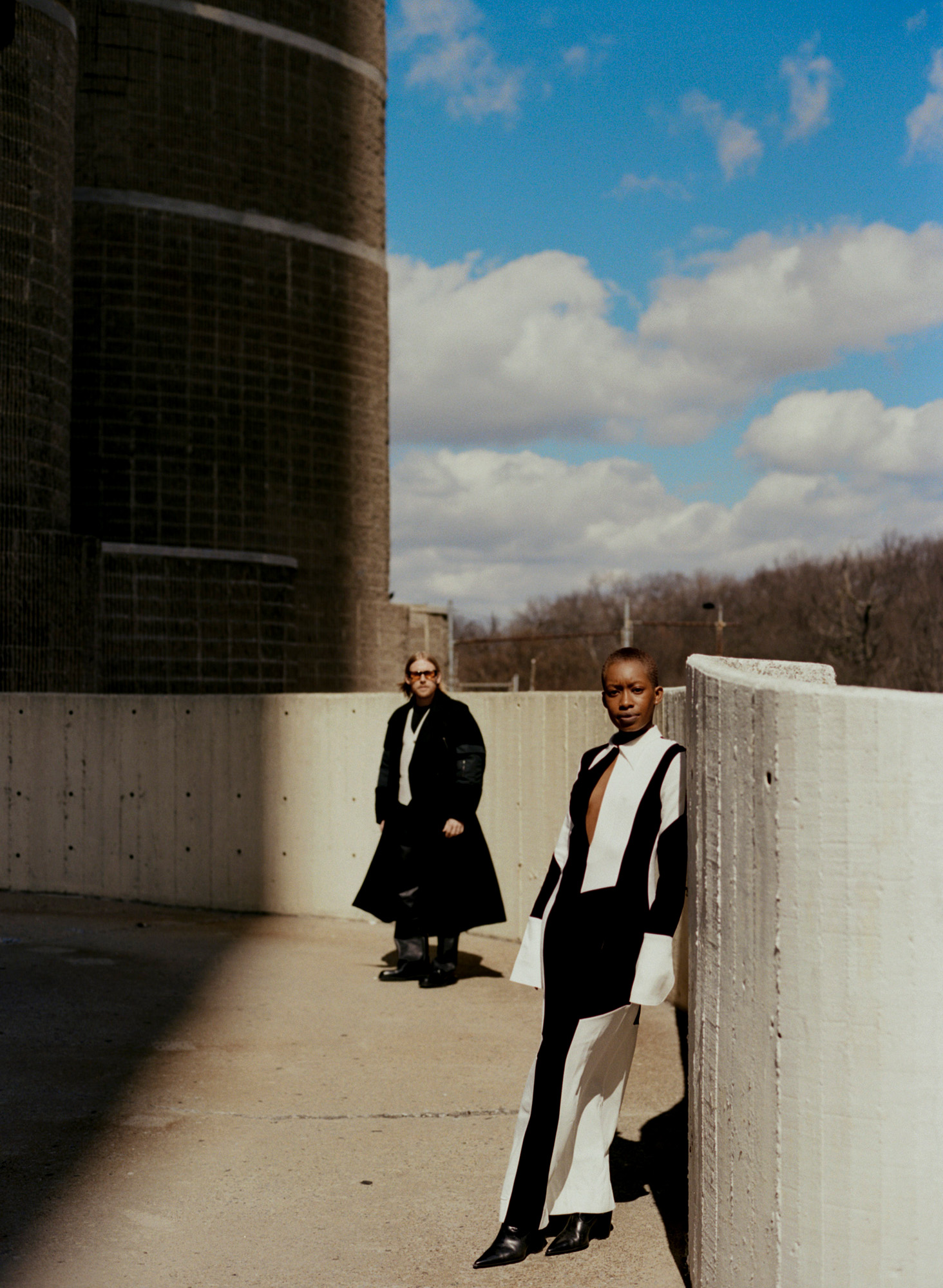
Moving forward, the Limbo Accra team aims to create a programme of exhibitions, workshops and public events that will foster and develop community involvement. ‘We believe that the museum can contribute to the cultural and intellectual vitality of Accra, enriching both local and international conversations about architecture, art and sustainable development.’
Limbo Accra’s transformative approach to architecture redefines what it means to engage with the built environment. By repairing and reimagining unfinished spaces, the studio creates dynamic platforms for dialogue, creativity and community, resulting in a new legacy for overlooked structures. Ultimately, Limbo Accra’s work reminds us that within every building skeleton lies the potential for new beginnings.
See more 2025 Wallpaper* Design Award-winning architecture projects
The Wallpaper* Design Awards 2025 winners are featured in full in the February 2025 issue of Wallpaper* , available in print on newsstands from 9 January 2025, on the Wallpaper* app on Apple iOS, and to subscribers of Apple News +. Subscribe to Wallpaper* today

